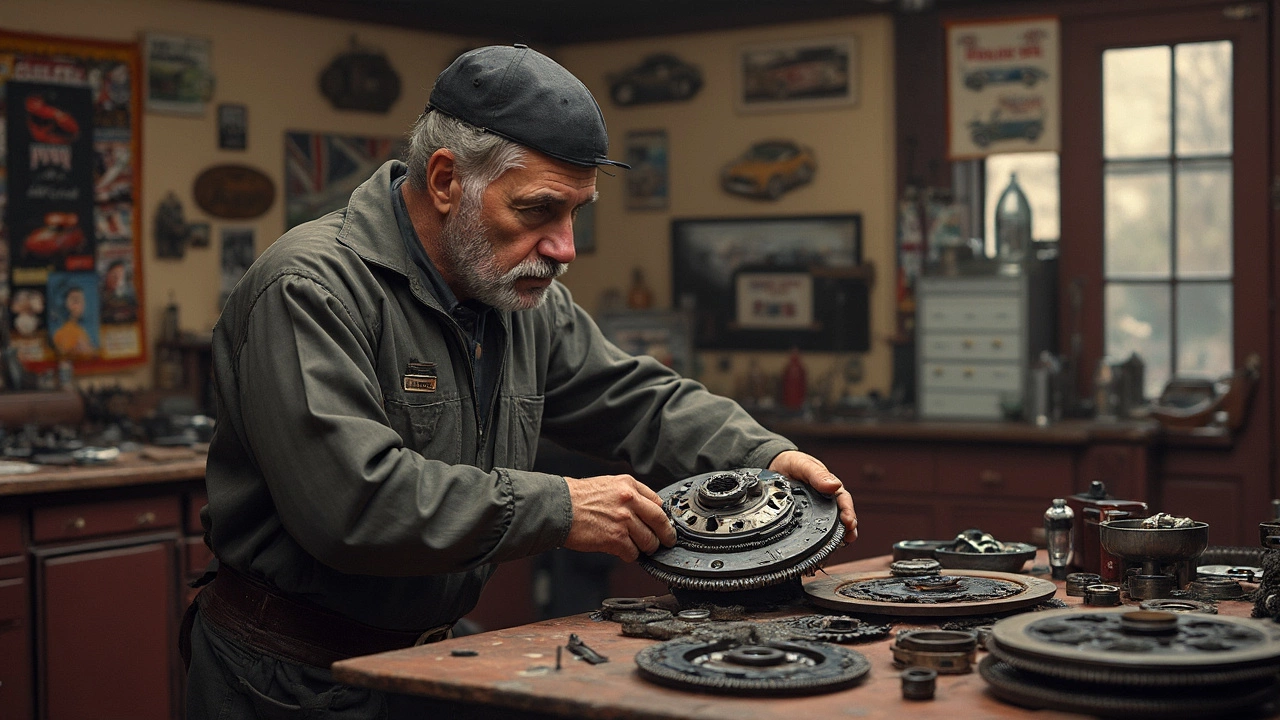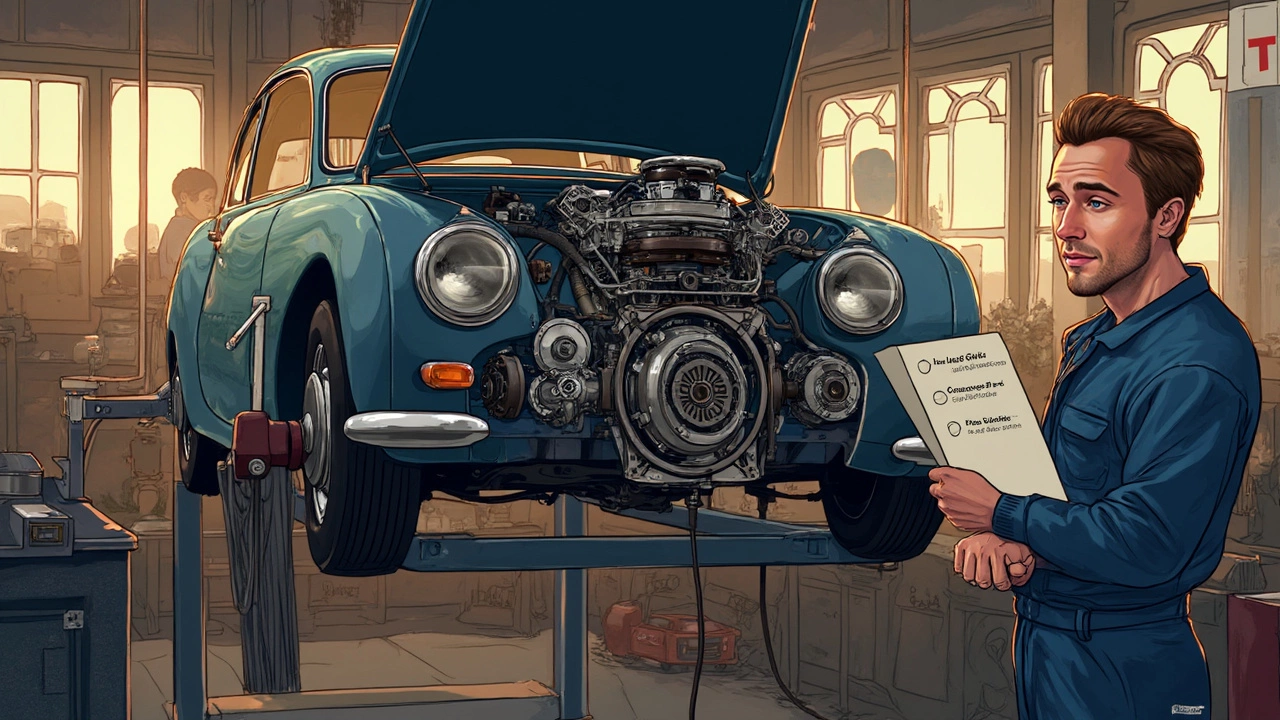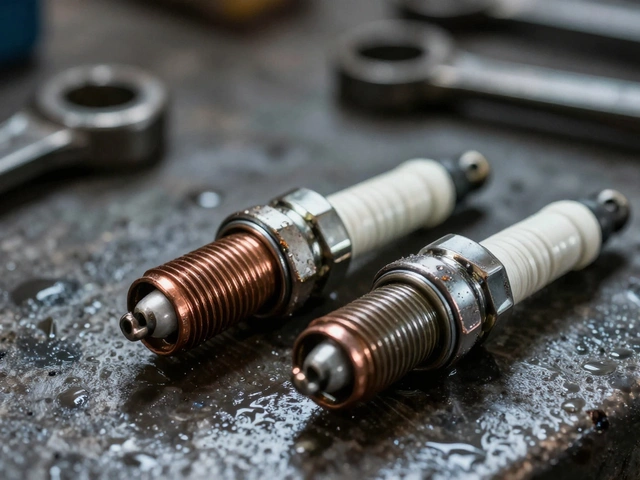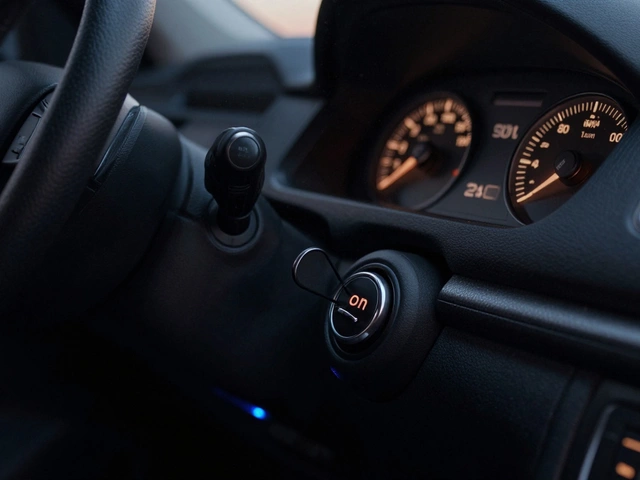Vehicle Repair: Common Issues, Signs, and What to Do Next
When your car starts acting up, it’s usually not one big problem—it’s a chain of small signs you might have missed. Vehicle repair, the process of diagnosing and fixing mechanical or electrical faults in a car to restore safe and efficient operation. Also known as automotive repair, it’s not just about swapping parts. It’s about understanding why something broke in the first place. Whether it’s a weird noise, a warning light, or just a feeling that something’s off, knowing what to look for saves time, money, and stress.
Most vehicle repair jobs start with one of five key systems: brakes, fuel, cooling, suspension, or engine. For example, brake rotors, the metal discs that slow your car when the brake pads press against them. Also known as disc brakes, they wear down over time, and ignoring the squeal or vibration means you’re risking longer stopping distances. Then there’s the fuel pump, the component that pushes gasoline from the tank to the engine under pressure. When it fails, your car might sputter, hesitate, or just not start at all—even if the battery is fine. A failing car radiator, the part that cools engine coolant to prevent overheating. Also known as cooling system radiator, can leak, clog, or crack, and if you don’t catch it early, your engine can overheat in minutes. And don’t overlook suspension, the system that connects your wheels to the car body and smooths out bumps. Worn shocks or struts don’t just make the ride bumpy—they affect steering, tire wear, and even braking. These aren’t isolated issues. A bad suspension can wear out your tires faster, which puts extra strain on your brakes. A clogged radiator forces the engine to work harder, which can stress the fuel system. Everything connects.
You don’t need to be a mechanic to spot the early signs. If your car pulls to one side, if you hear a clunk over bumps, if the engine light comes on without a clear reason, or if your brakes feel spongy—those aren’t "maybe it’ll fix itself" moments. They’re signals. And the good news? Most vehicle repair problems get worse slowly. That gives you time to act before you’re stranded or facing a $2,000 repair bill. Below, you’ll find real, practical guides from drivers who’ve been there—how to test your battery, how to tell if your shocks are done, whether you can skip replacing rotors, and what to do when your fuel pump acts up. No fluff. Just what you need to know to make smart, safe choices.






